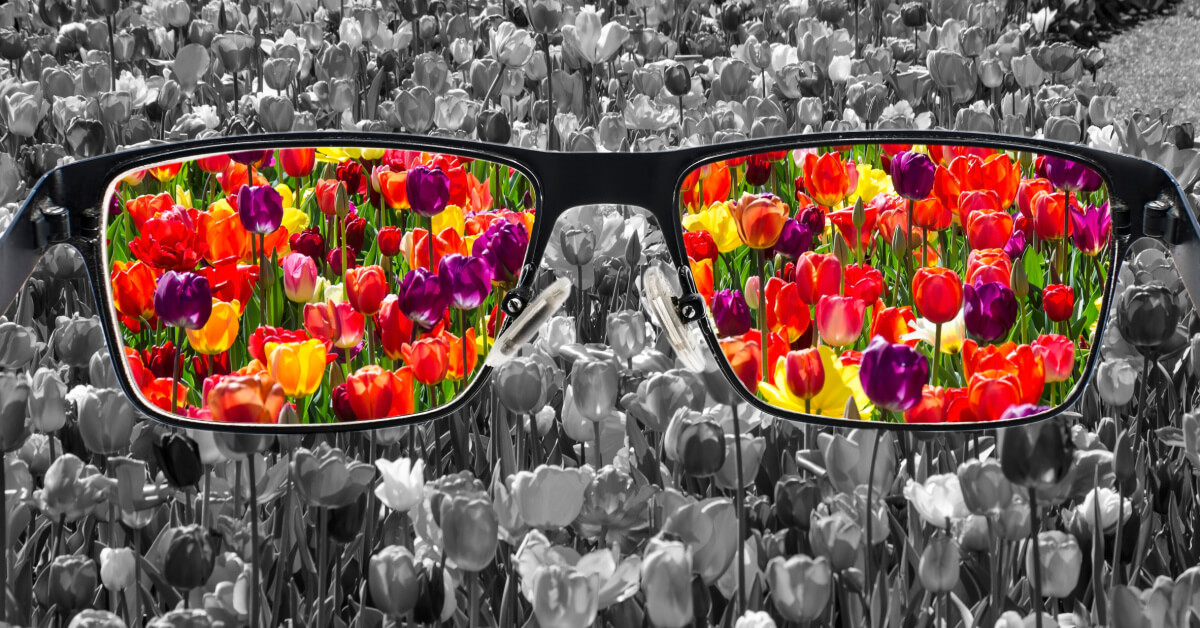August 28, 2023
Images are a vital part of how we construct our understanding of our world; depending on who we are and what we believe, the same image can communicate something very different. Image tampering and manipulation are nothing new. However, at a time of increased connectivity, polarization, and misinformation across the globe, the impact of online images can be more divisive than ever. The ongoing strike being held in Hollywood by the Screen Actors Guild and the Writers Guild of America (SAG-AFTRA), is an example of some of the issues raised by deep fakes and the manipulation of images and videos. SAG-AFTRA wants actors to be paid fairly for the use of their likenesses made by AI and to stop studios from training AI to recreate something new from existing work.
How can we support our students to keep an open mind, and develop their understanding of these important, ethical issues from multiple perspectives? One tool that could offer opportunities to tackle some of these challenges is the proposed mobile app, SHIFT, created by Manu Revi in his Master’s Programme in Interaction Design at the Umeå Institute of Design. The app, still in the developmental stage,…


